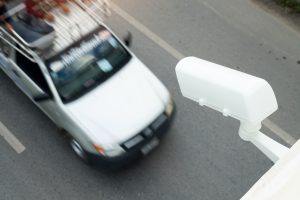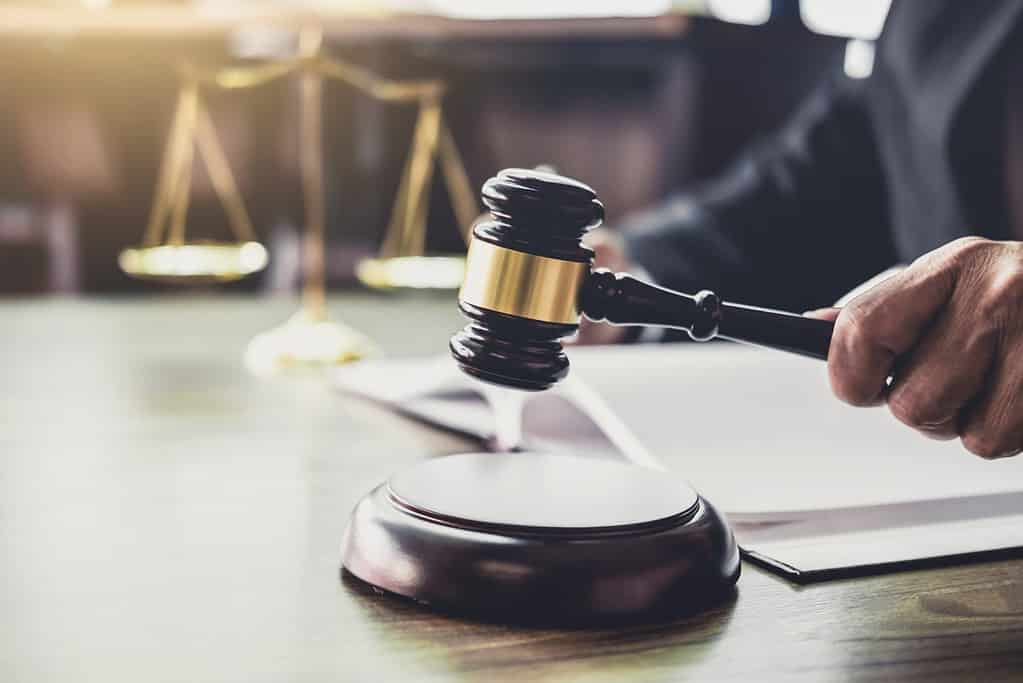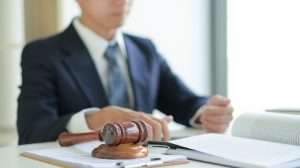When you are involved in a car accident, one of the first questions that will hit your mind is: Who was at fault for the accident? The answer to this question is critical because it will determine whether you are entitled to compensation for damages suffered or not.
In most states, the driver who caused the accident will be required to bear full financial responsibility for injuries or property damage caused to others.
Being at fault in a car accident may also cause your premiums to rise significantly, add points to your driving record and even attract criminal charges in some cases.
For instance, you may be charged with a criminal offense if you were driving under the influence of alcohol/drugs and caused severe injuries to others.
The issue of fault in a car accident will always come up when you talk with the insurance adjuster after a car accident. If you can’t reach a settlement with your insurance company, it will also come up when filing a car accident lawsuit.
So, how do you prove liability in a car accident case? Read on to find out everything you need to know about auto accident liability.
Why Is It Important to Prove Fault After a Car Accident?
Proving fault after a car accident is crucial because almost all states follow the “fault” system when determining financial liability for a car crash. In a “fault” car insurance system, the at-fault motorist must pay for the losses of all the other parties involved in the accident.
The damages may include medical bills, car repairs, lost income, emotional trauma, pain & suffering, lost earning capacity, and many more.
When it comes to auto accidents, proving fault usually means proving negligence. If you are the negligent driver in a car crash, you are at fault.

If you and the other parties involved in the accident share fault, you may avoid full liability under the comparative negligence defense.
For instance, if the court establishes that you were turning left and ended up hitting another car that was speeding through the intersection, you can avoid full responsibility. You might be 70% at fault for failure to make a safe turn, but the other driver maybe 30% at fault for speeding at an intersection.
In such a case, your insurance company will only pay 70% of the other motorist’s losses because they were 30% at fault for the car crash.
What Do I Need to Prove Fault in a Car Accident Case?
Your ability to prove beyond any reasonable doubt that the other motorist was at fault for the crash can be the only difference between getting compensated or getting nothing at all. It may also affect your current and future auto insurance rates.
So, what do you need to prove fault in a car accident case? Let us find out:
1. The Police Report
The police report is perhaps the most crucial piece of evidence you will need to prove fault in your car accident case.
During an accident, a police officer will arrive at the scene to assess the circumstances surrounding the accident and make an objective report about the accident. Be sure to ask the police officer how and when you can obtain a copy of the police report before you leave.
The report usually includes the police officer’s assessment of who was at fault for the accident and whether traffic citations were issued.
Sometimes, law enforcement officers don’t go to an accident scene unless someone is injured or there is significant property damage. If a police officer fails to show up, you need to report the accident to the nearest police station for further investigation.
Once you obtain the police report, make a copy and issue it to your insurer. If the report contains inaccurate information, follow the right procedure to object it even though there is no guarantee it will be changed.
2. Pictures of the Accident Scene
If you are involved in a car accident and have your mobile phone with you, use it to take clear pictures of the accident scene.
Capture the exact position of each vehicle from different angles. Document all traffic signs, debris, or skid marks in the roadway. You should also take pictures of any physical bodily injuries you have suffered.
3. Eyewitnesses
If you are aware of any neutral parties who witnessed the accident, try to get their contact information before leaving the accident scene. You may want to contact them later or ask them to note down a comprehensive description of the accident from their perspective.
4. Traffic Laws
Traffic laws will also come in handy while proving the other driver violated the law. Remember that traffic laws are part of each state’s statutes or code. The laws are primarily summarized in a booklet available online from your state’s licensing agency.
When going through the traffic laws, check the table of contents for listing that may apply to your accident, such as speed limits, vehicle equipment, distracted driving, and right of way.

If you come across a traffic rule that you believe was violated, note down the code or statute number. If you can’t find the booklet online, be sure to obtain a hard copy at your local law library. Copy the statute or code number of the traffic law that was violated, plus the exact wording.
Cell phone records can be used to prove if the other motorist was talking over the phone or texting while driving at the time of the accident. However, you may need the help of an experienced car accident attorney to obtain such evidence.
5. Car Damage
Before you get your car repaired, take clear pictures of it (you should take the pictures at the accident scene if possible). The exact damage to your car can be evidence enough you were not at fault for the accident.
For instance, if there is rear-end damage to your vehicle, you will have the upper hand in proving that the other motorist was at fault.
“No-Doubt” Car Accident Liability
If you are involved in certain types of car accidents, the other driver will be at fault 99% of the time. Even auto insurance companies hardly bother to argue about it. These accidents include:
1. Rear-End Collisions
If someone hits you from behind, it is almost always the other driver’s fault. A basic rule of the road requires you to maintain a reasonable distance between you and the car in front of you.
So, if you cannot stop safely, the motorist behind you was following too closely. The other surefire part of a rear-end car accident claim is that the car damage always proves how it happened.

If one vehicle’s rear end is damaged and the other’s front end is also damaged, there can never be arguments about who was at fault for the accident.
2. Left-Turn Collisions
Similarly, left-turn collisions are almost always the fault of the driver making the left turn. The law requires drivers to yield to oncoming traffic when making a left turn.
In fact, statistics show that about 80% of all left-turn accidents are caused by the turning driver.
So, if you are in an accident while making a left turn and the other car was coming from the opposite direction, it is highly likely you were at fault.
However, if the vehicle started turning left when it was safe to do so but was suddenly forced to stop because of some unforeseen circumstance, some of the car accident liability may be shifted.
3. T-Bone Collisions
These types of accidents are also pretty straightforward when figuring out who is at fault. The law requires drivers to give the right-of-way to cars on the other side of an intersection.
So, if you are T-boned by another car while in the intersection, it is almost always the other driver’s fault.
What Should Be My Next Steps After a Car Accident?
If you have been involved in a car accident, you need to act quickly to protect your rights and interests. Follow the steps outlined here to remain on the safe side of the law.
You may also want to hire an experienced car accident lawyer, especially if the accident resulted in injuries or property damage. Learn more about how a car accident lawyer can help you and tips on hiring the right attorney for your car accident case.

